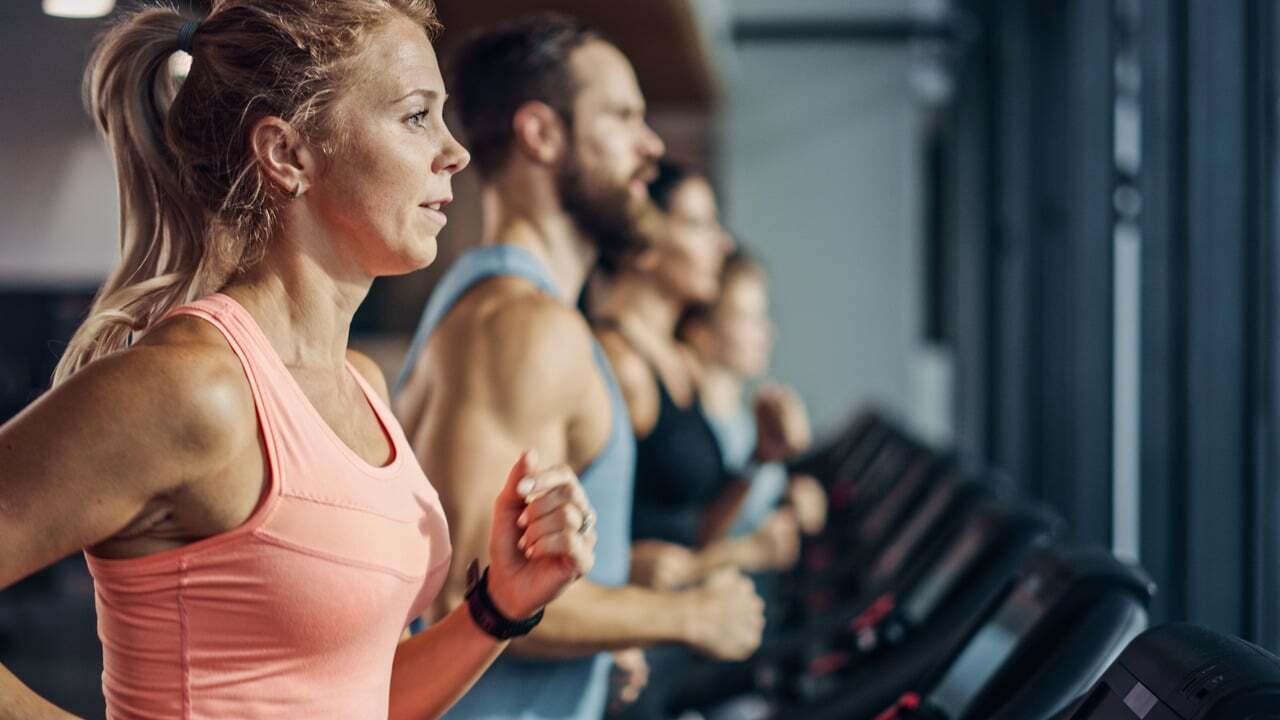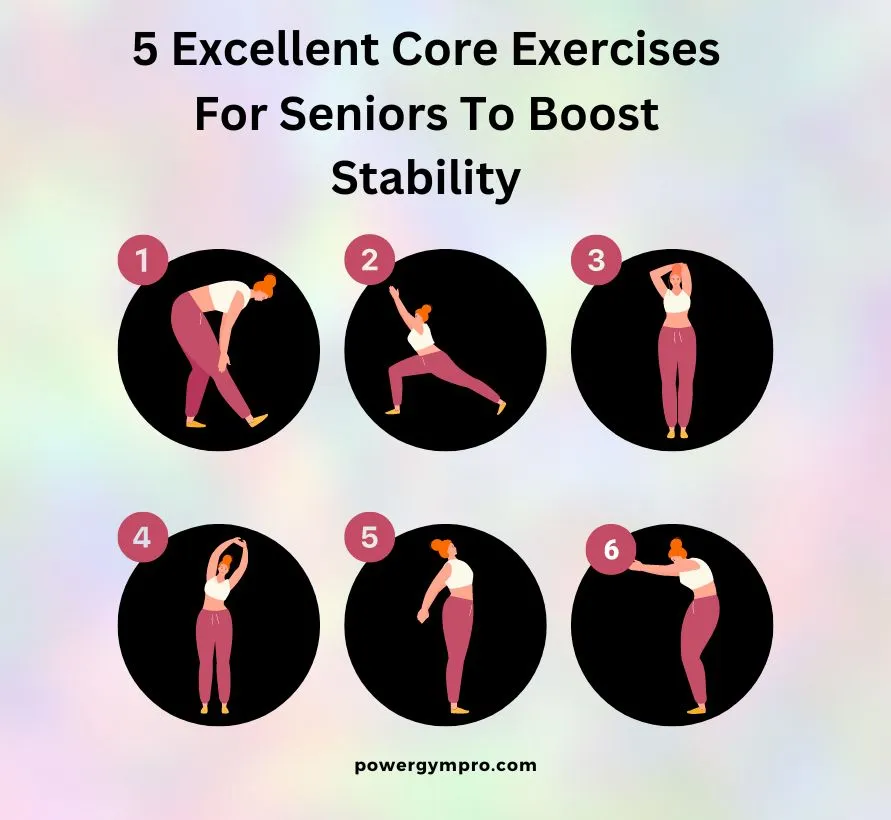Gain muscle without going to the gym! Through the course of this eight-week bodyweight training plan, you will be able to develop from fundamental to intricate bodyweight exercises.Description of the Workout
Calisthenics, which is a technique of working out the body using just one's own bodyweight, has a long and illustrious history in athletics.
The term "calisthenics" originates from two very old Greek terms, which are as follows:
The aesthetic pleasure that comes from the perfection of the human body is known as kallos.
Strength, which is not necessarily restricted to physical strength, is referred to as sthenos.
A strong premium was put on beauty and strength in Ancient Greece, as was widespread in the art and literature of the period. Perhaps this is a practice that modern-day society need to return to, but it is a topic for another post that will be discussed on a different day.
Due to the fact that such a high focus was placed on bodyweight training throughout this period of history, the discipline has been able to transcend the passage of time.
To provide just one example, many gymnastic organizations and martial art disciplines continue to include bodyweight exercises within their routines. During their physical education sessions, children of school age are instructed in a variety of activities that use their own bodyweight. In addition, a significant number of the physical fitness examinations administered by the military focus on an individual's capacity to effectively execute certain exercises that need just their own bodyweight.
Because of the many "street workouts" that have gone viral on social media and YouTube, it has even garnered a following that may be described as cult-like.
It's likely that this is the reason you're here today.
Bodyweight exercises are, without a doubt, wonderful. Using nothing but your own body, they are able to assist you in transforming your physique. If you are able to understand how to utilize your own bodyweight to provide sufficient stimulation to push the muscle, then you will be able to execute a workout nearly anyplace.
The following is a list of the most effective workouts that you can do using just your own bodyweight. Following our discussion of the most effective exercises that can be performed with just one's own bodyweight, we will next combine these exercises into a bodyweight program that will last for eight weeks.
This bodyweight exercise will get increasingly more difficult over the course of the eight weeks, making it an ideal choice for any novice who is in good health and is looking to learn how to utilize their own bodyweight to develop muscle and burn fat.
Which exercises work best with your own bodyweight?
Before we go into any kind of bodyweight workout plan, it is essential to have a solid understanding of the bodyweight exercises that should be prioritized in one's training to ensure optimal results.
There is a wide variety of excellent workouts that can be performed using just your own bodyweight.
The following, on the other hand, are more conventional patterns of movement that you need to work toward being skilled in throughout the course of their practice. If you are able to become proficient in them, you will be able to cultivate an athletic body and be seen as powerful when it comes to abdominal exercises.
It is possible that each of the exercises described might be classified as either advanced or novice level, depending on the individual's capacity to carry out the given exercises. Despite the fact that the exercises are believed to be the greatest ones to do, it is essential to bear in mind that they are only developing movement patterns.
It is also possible to train these movement patterns in the same way by using any number of progressions or regressions.
The first exercise using just your own bodyweight is the push-up.
In order to complete the pressing movement pattern, the push-up is performed. In particular, it is capable of doing the horizontal press. In addition to this, it does so in a way that is beneficial to the health of the shoulders, in contrast to some of its conventionally weighted competitors.
In addition to improving the health of the shoulders, the push-up exercise encourages the contraction of all of the push muscles in the upper body, as well as the core muscles. In this context, the chest, shoulders, and triceps are all included. It is possible that you will be able to indirectly target the muscles of the legs, glutes, and back if you are able to maintain control of your body and are aware of how to stimulate different other muscle groups while doing the static plank posture.
It is for a good reason that the push-up was most likely the very first exercise that you were ever instructed to do. You can execute it without risk, and it has the potential to grow a significant number of muscles as you learn to activate them. The exercise may also be advanced in a number of different ways, which will make it much more difficult for you to complete.
The Inverted Row is the second bodyweight exercise.
A horizontal pulling movement pattern may be achieved via the use of the inverted row workout. Shoulder health will also be improved by this too. The configuration of the exercise, on the other hand, makes it far more difficult to cheat your way into completing the action, in contrast to other versions of the weighted row.
On account of this, the focus is directed into the muscles of the back, the traps, and the rear deltoids. Keeping your spine in a steady position during the exercise will also provide you with a significant amount of core stimulation. Furthermore, the inverted row is a terrific exercise for developing grip strength, in addition to all of these other benefits.
You could find that the inverted row is one of the most humiliating workouts you ever do. The majority of people who are not experienced in callisthenic training will find it challenging to accomplish it effectively, despite the fact that it seems to be simple. By positioning the tool that you are using to pull higher, you may make the workout more manageable for yourself. There is also the possibility of making it more challenging by lowering it or by lifting your feet in order to place your body in a parallel posture.
In addition, you may put intensity strategies into action in order to extend the amount of time that the exercise is performed under strain. One illustration of this would be the performance of 1.5 repetitions:
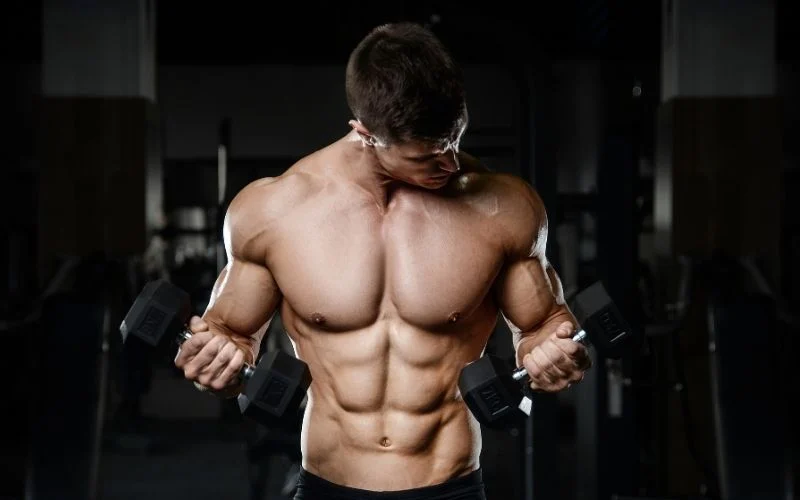
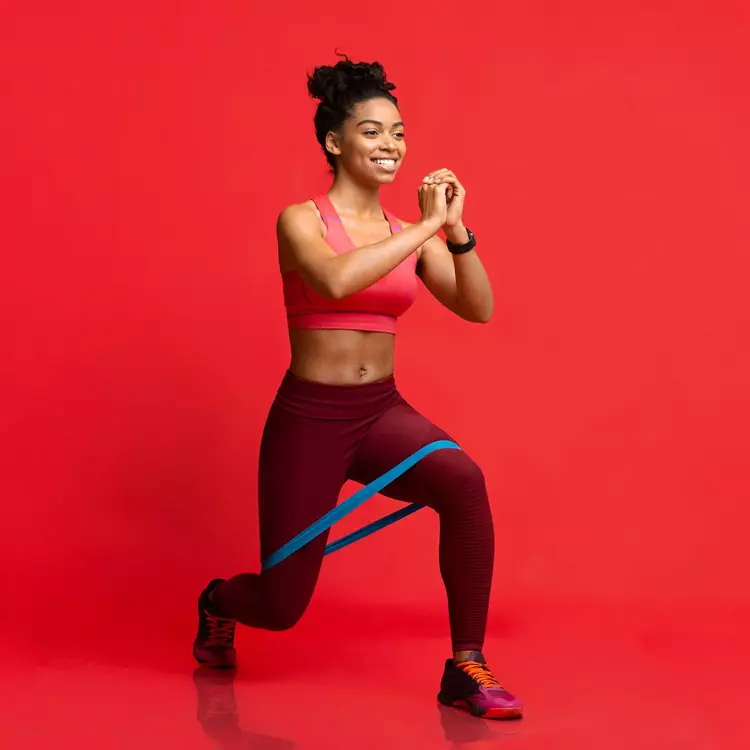
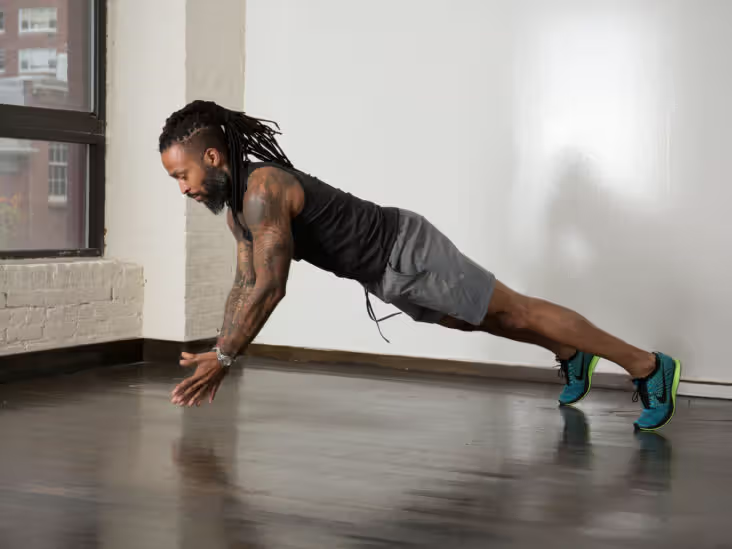
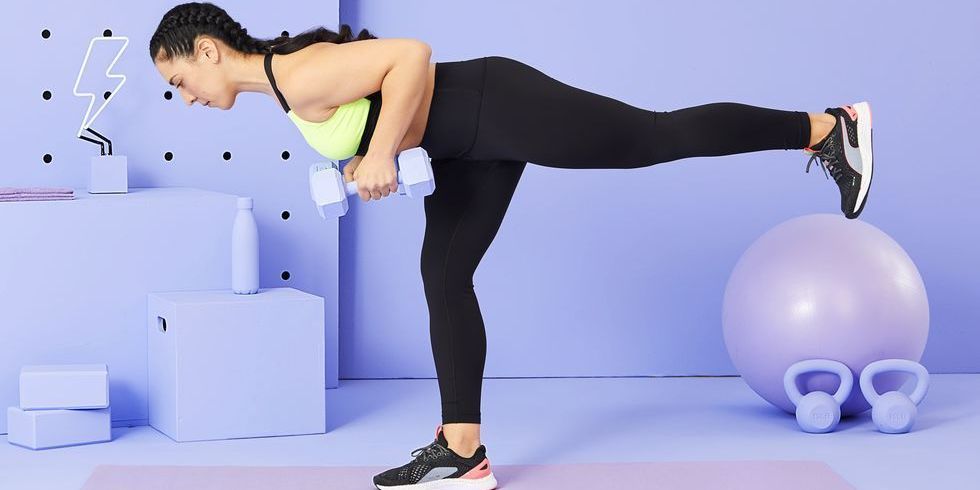
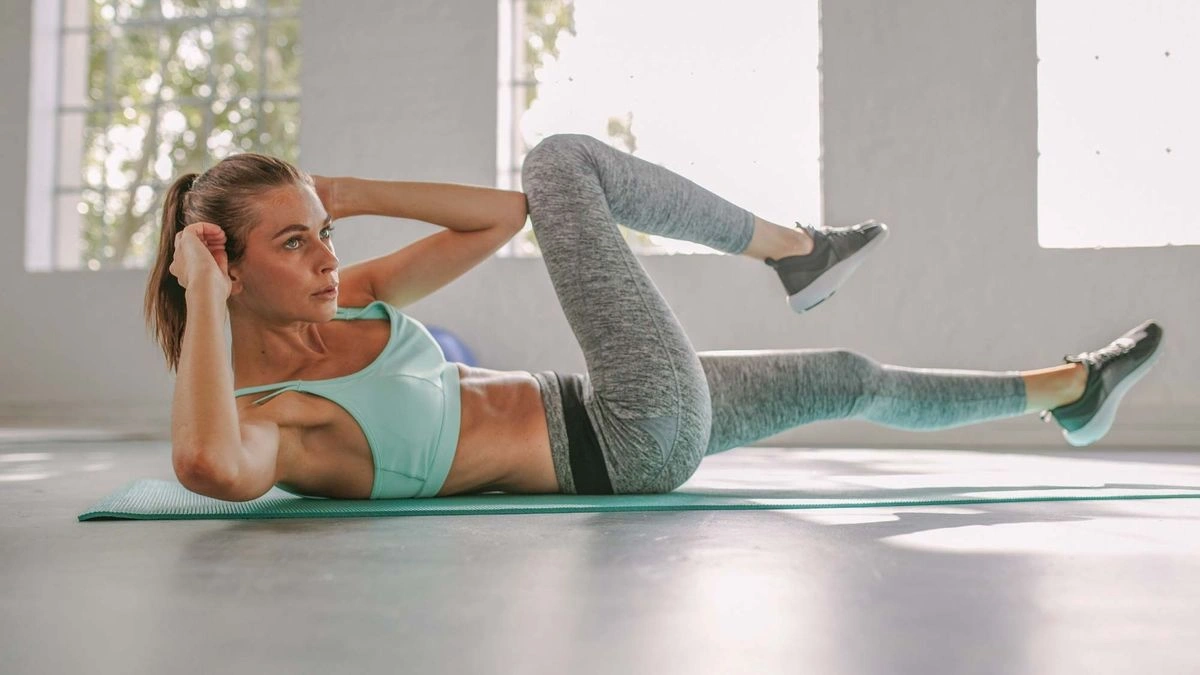
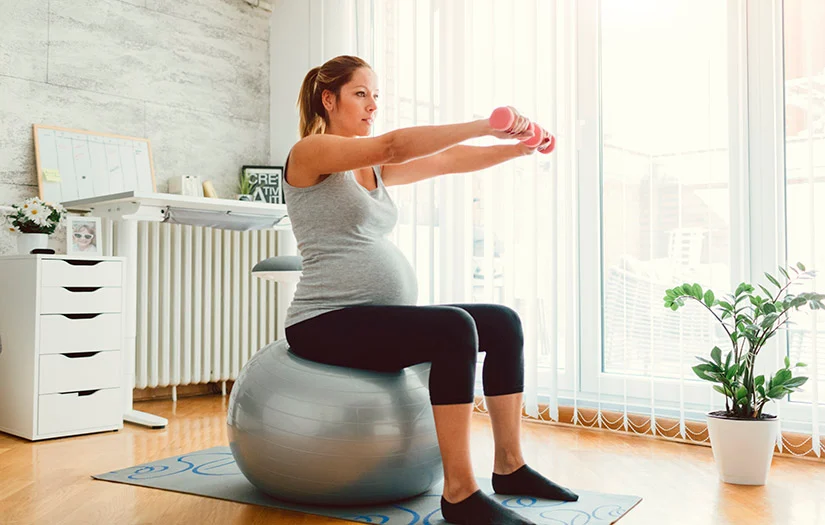
.jpg)
